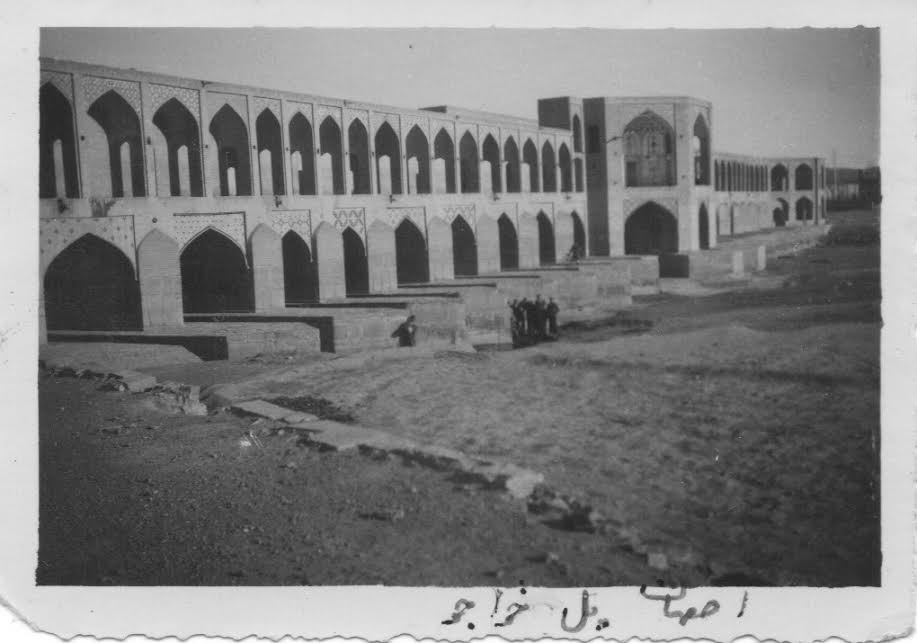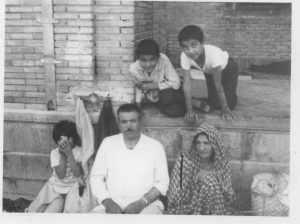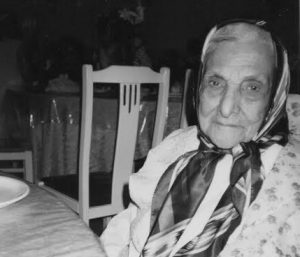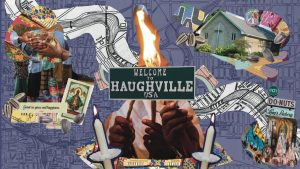This is part one of a five-part short story series.
The city that I know, since Iran and Iraq’s war, has been blue as long as I remember; its domes, its sky, and its sidewalks. Even people are blue. Blue is good. Blue is the color of the river that splits the city in half: Livelihood River. Blue is the dome of a historical mosque that grandma and I used to go to. Blue is the color of mom’s eyes. Blue is the color of my first scarf that was gifted to me by mom. Blue is good.
Up Town is home to rich and liberals. Low Town is home to richer and traditional. The city’s construction reminds me of our house. A wall, a river, a slit in different shapes formed a division, a division that has been imbedded into the culture. Politics are made of traditions and religion. They are two inseparable sisters: one is deaf and the other blind.
As long as I remember divisions are everywhere; division between Christian Armenians and Muslims; divisions between Muslims and Jews; divisions between Christian Armenians and Jews; divisions between underground atheists and on–the–ground Islamists. Esfahan is home to all of us, but none of us feel enriched in what we believe in. To enhance their needs, people hold on to columns of their beliefs so that their world would not fall on their heads. Senegalese are headless and Churches are dome-less. Mosques’ minarets are tall and colorful. They are blue. They are home to thousands of doves. There are black and white doves that are people’s oblations to god. One flies to give a childless woman a child so that her husband doesn’t take a second wife. Another flies to provide dowry for a poor young girl that will marry an old rich man. One dove flies to give health back to a child with Down syndrome so that the mother doesn’t get blamed every day. Another flies to give a woman back her husband who was seduced by a “whore.” Doves fly in one direction, all towards the sky. Sky is blue.
Walls divide, they are tall. Walls take the form of fabrics, bricks, metal rods, and human bodies. Walls are standing tall between women and their rights. Walls are between mothers and their children’s custody. They are between sisters and brothers. Walls are between daughters and sons.
Walls are between men and women.
Walls are between men and women in mosques, funerals, weddings in a shape of Curtain. Walls are between men and women in public transportations in a shape of metal rods. Walls are between men and women in university classrooms in the shape of bodies; men in front and women in back. Home’s walls are contour lines that separate private from public. Inside homes, walls are thin. Inside homes, walls keep secrets. Inside homes, moms keep kids’ secrets and dads keep moms’ secrets. Inside homes, divisions exist differently. Division exists between public and private.
Read Division – Part Two: Soheila here.
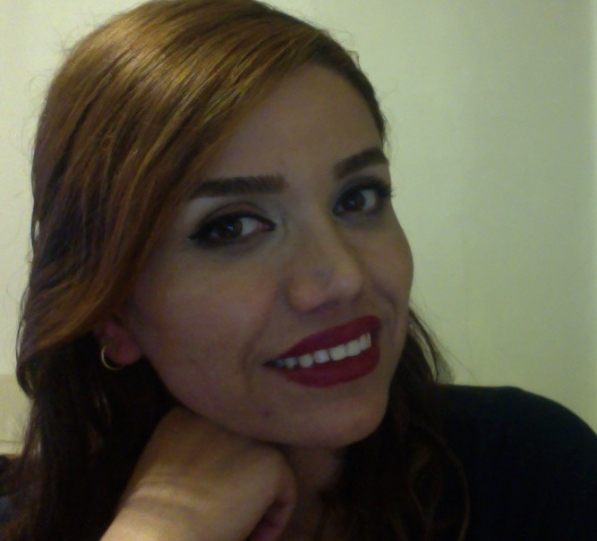 Soheila Azadi is an interdisciplinary visual artist based in Chicago and Iran. Born in the capital of Islamic cities, Esfahan, Azadi absorbed story-telling skills through Persian miniature drawings since she was nine. Azadi’s inspirations come from her experiences of being a woman while living under Theocracy. Now residing in the U.S. Azadi is dedicated to transnational feminism with a passionate devotion to the ways in which race, religion, gender, sexuality, and ethnicity intersect. Azadi currently teaches at Oakton Community College while she is an artist resident at Hatch Projects.
Soheila Azadi is an interdisciplinary visual artist based in Chicago and Iran. Born in the capital of Islamic cities, Esfahan, Azadi absorbed story-telling skills through Persian miniature drawings since she was nine. Azadi’s inspirations come from her experiences of being a woman while living under Theocracy. Now residing in the U.S. Azadi is dedicated to transnational feminism with a passionate devotion to the ways in which race, religion, gender, sexuality, and ethnicity intersect. Azadi currently teaches at Oakton Community College while she is an artist resident at Hatch Projects.
